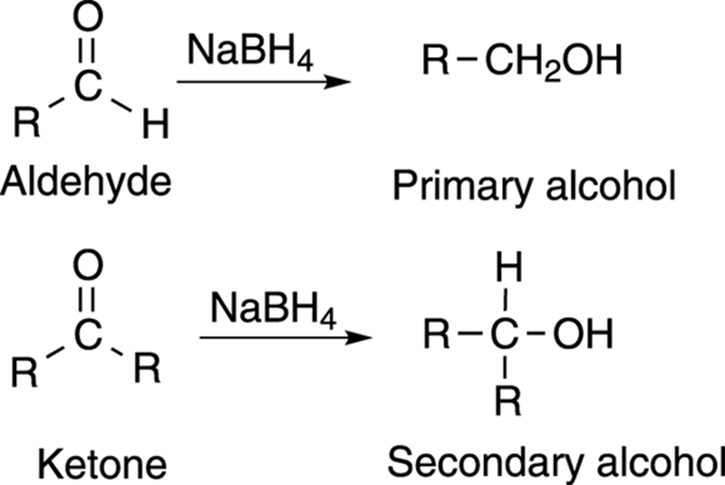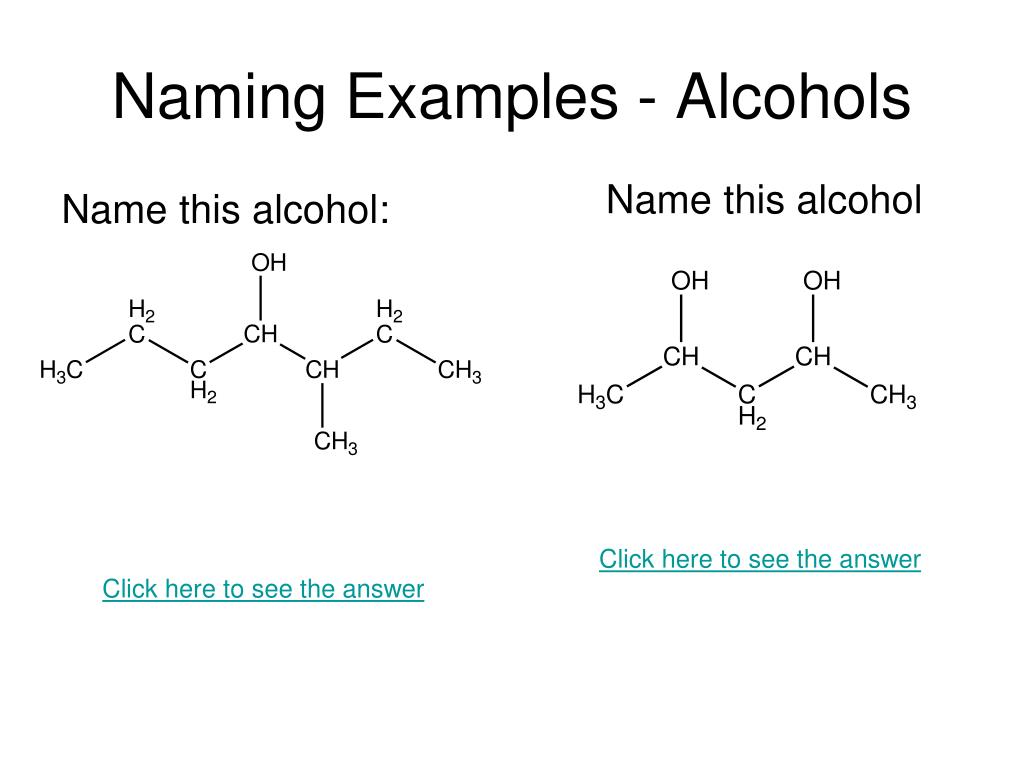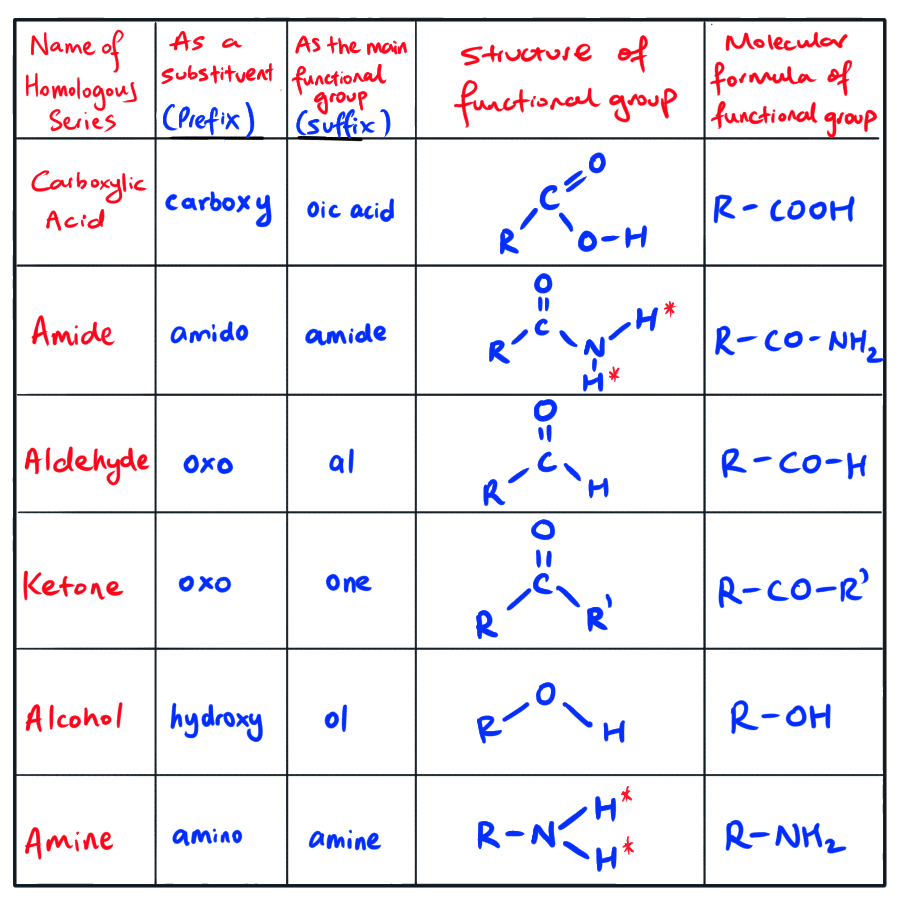


All lower aliphatic amines are severe irritants to the skin, eyes, and mucous membranes.The health hazard from amines arises primarily from their caustic nature.The toxicity of most aliphatic amines may fall in the low to moderate category. Low aromatic aldehydes are combustible or nonflammable liquids.Low molecular weight aldehydes are highly flammable, with flammability decreasing with increasing carbon chain length.Aromatic aldehydes are less toxic than low molecular weight aliphatic aldehydes.Toxicity decreases with increase in the carbon chain length.The low molecular weight aldehydes are more toxic than the higher ones.Toxicity tends to decrease with an increase in carbon number.Īldehydes are intermediate products in the conversion of primary alcohols to carboxylic acids or vice versa.Solubility of alcohols decrease with increase in carbon chain length.Flammability decreases with an increase in the carbon number.Lower alcohols are flammable or combustible liquids.Fatty alcohols (derived from oils, fats, and waxes) are almost nontoxic.Lower alcohols containing double or triple bonds exhibit a greater degree of toxicity and irritation.
#Alcohol functional group skin
Ingestion and absorption of the liquids through the skin can be a major health hazard.Vapors may be an irritant to the eyes and mucous membranes.The lower aliphatic alcohols are low to moderately toxic and usually have low vapor pressures, therefore inhalation toxicity is low.While these functional groups are listed alphabetically for convenience, chemicals should be segregated and stored by hazard classes – see the EHS Segregation Scheme for more information. This information is not meant to replace material safety data sheets for the specific chemical(s) used in your experiments.

The following information gives a basic overview of the hazards of functional groups. Appendix P - Phenol First Aid Guide and PPE.Appendix N - Sample Prior Approval Form.Appendix M - Sample Prior Approval Form.Appendix J - Peroxide Forming Chemicals.Appendix I - Hazards Of Functional Groups.Appendix D - Standard Operating Procedure Examples.Appendix C - Compiled Lab Safety Responsibilities.Chapter 11 - Hazardous Material Shipping.Chapter 10 - Hazardous Chemical Waste Disposal.Chapter 9 - Particularly Hazardous Substances.Chapter 3 - Personal Protective Equipment.Dry Ice, Formaldehyde, Lithium Batteries, GMO's.Hazard Assessment and Signage Program (HASP).Regulated Chemicals & Chemical Security.
#Alcohol functional group manuals
.png)
Fire Protection Impairment and Fire Watch.


 0 kommentar(er)
0 kommentar(er)
